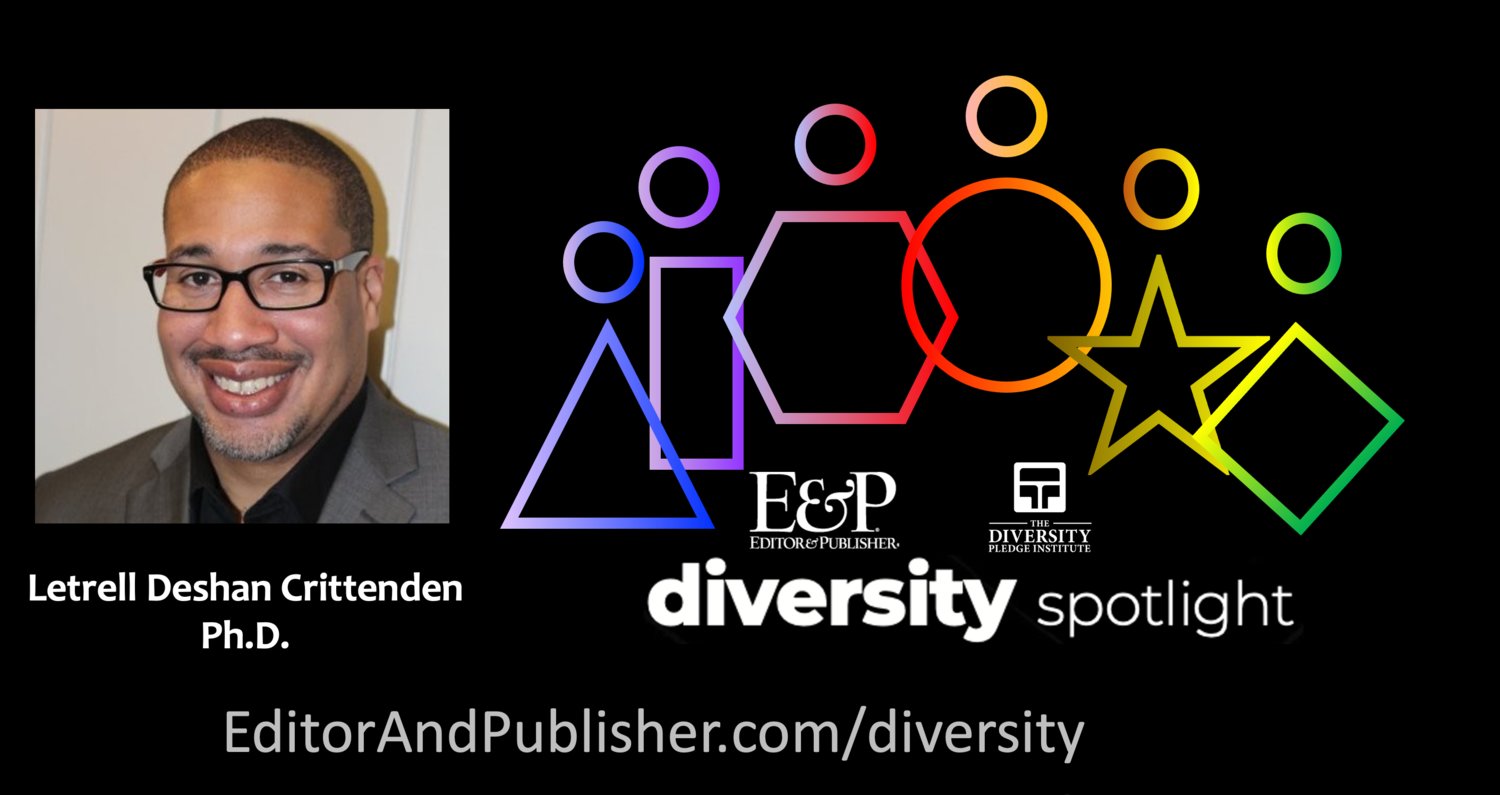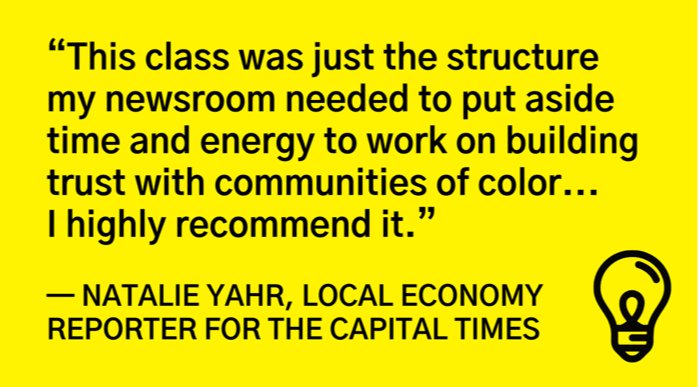
Is your newsroom attempting to build a product or intervention geared toward building connections with communities of color? Great! Are you building this product without seeking any input from the target community or assessing how you have covered that community in the past? Then, be prepared to deal with the fact that your effort may fail.
Since the murder of George Floyd in 2020, many newsrooms have set forward efforts geared toward better connecting with audiences of color they have neglected in the past. But too often, these efforts have been put together hastily, without an in-depth review of the existing relationship between the newsroom and the targeted community.
In my many years as a researcher focused on Diversity, Equity, Inclusion and Belonging (DEIB) issues in the media, I have had conversations with many people within communities of color and asked them how they felt local news covered their neighborhoods. I also have spoken with journalists of color and asked for their perspectives about their employers. The answers were not as simple as you may think.
Both community members and newsroom workers offered a very complex description of the multiple ways newsrooms caused harm. These involved factors inside and outside of the newsroom and issues seen and unseen in news coverage. These conversations led me to create a rubric that argued for more comprehensive assessments of how newsrooms handed DEIB issues across a number of areas — one that I used in my consulting work while I was still in the academy.
 Now, with the American Press Institute, I have expanded this framework — the API DEIB Index — into a new
Now, with the American Press Institute, I have expanded this framework — the API DEIB Index — into a new
comprehensive consulting program for newsrooms seeking to change. A smaller version of this training is also offered via a
workshop with Trusting News.
In our consulting work, we help newsrooms assess their strengths and weaknesses across several different key areas, including newsroom diversity, newsroom belonging and inclusion, content and sourcing and community engagement and trust. We fully believe that a full diagnostic check of your efforts in each area is critical toward building a long-term strategy for DEIB.
Here are a few tips you would learn in one of our workshops:
Do not begin anything until you sit down and speak with your target community members. And make sure those conversations aren’t simply with people you have interacted with in the past.
If you have not established a relationship with community members, you lack the authority to create something on behalf of the community. Start the process by getting out and talking to people. Let them tell you how you can repair the relationship and how best you can serve their information needs.
Expect to have difficult conversations and take your lumps with humility. You are there to listen and learn, not pass judgment. And while you can begin with people you know, make sure they help you connect with others in the community, particularly those who do not have a title next to their name. You will often find that people who call themselves community leaders have entirely different views and agendas than the people they claim to serve.
Do your best not to begin until you have a plan to get full buy-in from the majority of your newsroom. Unless you are ready to implement the findings across the board, your work may be done in vain.
If the work on DEIB only features a small group of staff members, realize that what you seek to implement may receive pushback from others in the newsroom. That is why you should have internal conversations with your newsroom that highlight the importance of this work, and changes are necessary. This potential reluctance is also why evaluating your newsroom’s culture is a critical part of the Index. If your newsroom has problems talking about DEIB issues internally, it most certainly will not have the ability to deal with such issues with external parties.
Look at how you have covered your target community in the past and what sources you have used.
Even well-intentioned stories may frame communities negatively or limit the types of voice that get to offer a perspective. That is why you should audit what you are producing regularly to understand how your framing can negatively impact communities. API’s Source Matters tool can assist your newsroom with this process.
You may not get immediate returns from your efforts. But don’t give up.
Trust-building takes time. Even if you have followed all of the above steps, there will always be people who are skeptical of your newsroom, especially if you have a history of neglect. But if you continue to make an effort to engage and transform, you will build relationships and trust back in time. Be patient.
Letrell Deshan Crittenden, Ph.D., is the inaugural director of inclusion and audience growth for the American Press Institute. He joined API in September of 2021 after serving as program director and assistant professor of communication at Thomas Jefferson University in Philadelphia. In his new role with API, Crittenden leads the organization’s efforts to improve how newsrooms engage and connect with BIPOC communities and other traditionally marginalized populations.
Comments
No comments on this item Please log in to comment by clicking here